|
Since moving to Arrowmont as an Artist in Residence I have been provided the opportunity to share my work each week with students and artists that come for workshops! It has been a great experience to talk about my work, techniques, and experiences with others in such great depth. Some time has passed since my last blog, so I though I would share with you a bit of what I present to those that attend our artist talks! I hope that you enjoy this glimpse into my work and the thought behind it... Sense of Place Porcelain, Gold Luster 13” x 14” 2018 Looking at my work you wouldn’t know that I spent years in the wood firing community. Honestly, I always felt a disconnect between my woodfired pots and my love for drawing and painting, and struggled identifying myself with my work. I discovered that what I really loved about woodfiring wasn’t necessarily my work, but instead was the community and sense of belonging that I found within it. In graduate school I took an art history course that inspired me to incorporate the dog with my figures. I portray moments of closeness and comfort and depict the dog sometimes mirroring the gesture of the person. I was particularly interested in the way the emptiness of color encouraged the viewer to focus on the moment depicted and also how it conveyed this companionship as an idea or a symbol. Lucian Freud Double Portrait 1985-86 The use of dogs as surrogate human beings and as metaphor shares a profound history within psychology and the arts. Aside from what dogs provide us psychologically and emotionally in our current lives; within many canonic masterpieces they are essential to the meaning of the human cast of characters or narrative. They provide symbolism for loyalty, fidelity, and compassion or in many works the dog is used as a stand in for humans. Rest In Blues Porcelain, Gold Luster 15.5” x 18” 2018 This body of work references our relationship with the dog and uses its presence in art history as a way to talk about belonging and comfort. I use the dog in my work not to convey a specific animal, but to convey a feeling and to talk about all relationships and our innate desire to belong. I find a lot of inspiration in the history of ceramics moving beyond conventional function and form, creating union between shape, decoration, and story is fascinating. Like this, my work varies in shape and incorporates low relief volume and gold luster details within the nostalgic patterns. While at Arrowmont, one of my main goals is to create a larger variety of forms and explore pattern. I plan to investigate techniques and materials that provide a physical and visual softness through surface, layers, and more volume. You can see more of my work and my time at Arrowmont by following me on Instagram @stephanie.m.wilhelm and subscribing to my mailing list in the contact page of my site!
My buon fresco class has finally begun! I have already learned a great deal about this difficult and historical technique…Buon fresco takes patience, practice, and great skill. While I am still learning the basics of this historical art form, I wanted to share some of the resources available to those interested in it. I am taking the workshop with the talented Michael Nichols who spoke of the fresco community as a small one, though it seems he has done a fantastic job creating the beginnings of a fresco network through his blog Buon Fresco 101. Within this site you will find information about the artists working with buon fresco, resources, information about materials, as well as the history of Buon Fresco. In the workshop we will be learning the traditional technique of buon fresco used by Diego Rivera for the many historical and breathtaking frescos he created across the world. I was excited to hear this and see Nichols refer to many of his murals, some I have seen while living in Mexico! Nichols explained that the technique of Buon Fresco can be very traditional and rigid in a sense, though there are modern and contemporary artists out there doing new and interesting things with it. During the beginning of the workshop while Nichols explained the process of creating the plaster tile/structure for buon fresco I immediately began to construct ideas of how this could be applied to my own work…especially my ceramics. Can I create my own armature to then fresco onto, creating a 3 dimensional fresco? YES! Barbara Sullivan is an artist Nichols referred me to. Can I create pieces that are part ceramic (glazed) and part fresco? I think so!! I am learning that the most important part of applying the plaster is that the surface have tooth/texture. There is also an artist that Nichols explained has explored sealing the fresco he painted in a bowl and filling it with water! I have a lot of ideas and it will take time and experimentation to see what I can accomplish. For this first blog I would like to share the beginning stage of my sketches I have created for the course. Later I will write about the process we used to create our own plaster for fresco. Nichols will be teaching us the simple way of applying the plaster to the back of ceramic tiles, as well as the larger version and stronger support of creating our own frame and structure to then apply the plaster in multiple layers. The images below show my beginning drawings that must remain simple black and white for the moment. It is important that the different values are easy to identify. These images show the process of tracing these on to tracing paper to later be transferred onto the fresco surface. You can see the subtle indentation of the image on the painting layer and I had begun painting the "verdaccio" which is the underpainting usually done in a yellow greenish color. Diego Rivera used a black verdaccio for his frescos. Michelangelo used the technique we will try which is pushing pin holes into the drawing to then pound gently a charcoal powder…leaving the charcoal line on the fresco surface. This is called “spolvero” or “pouncing.”
|
|
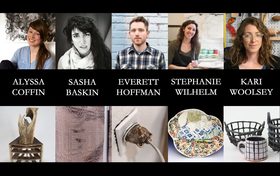
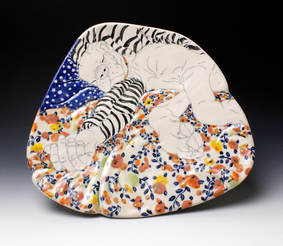
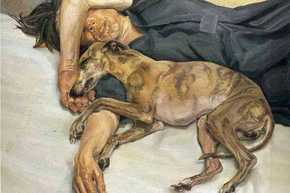
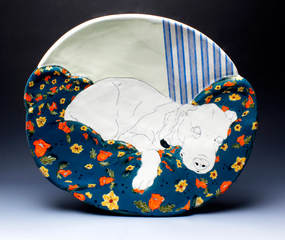
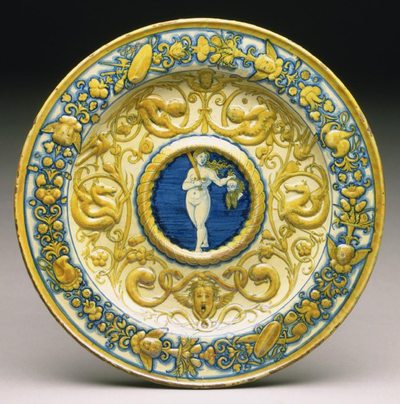

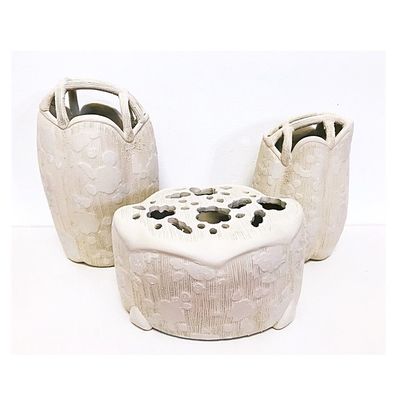
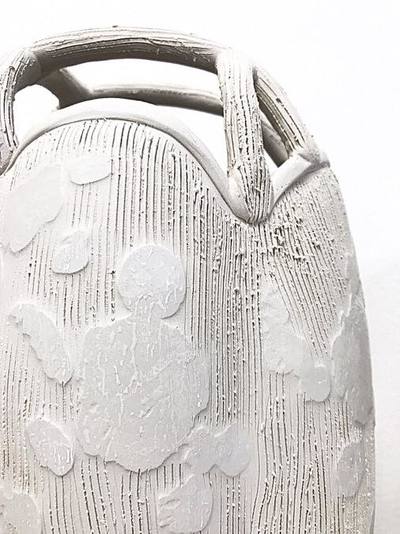
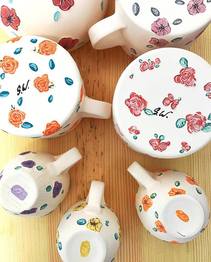
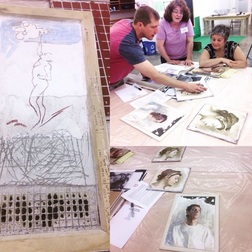
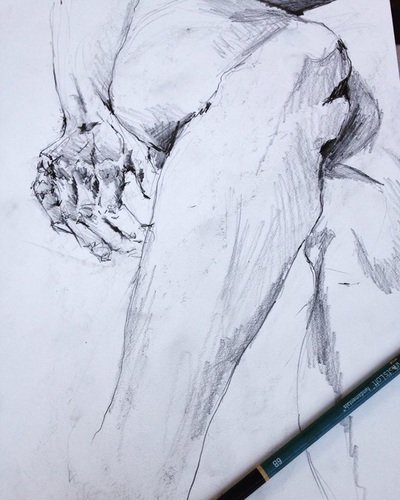
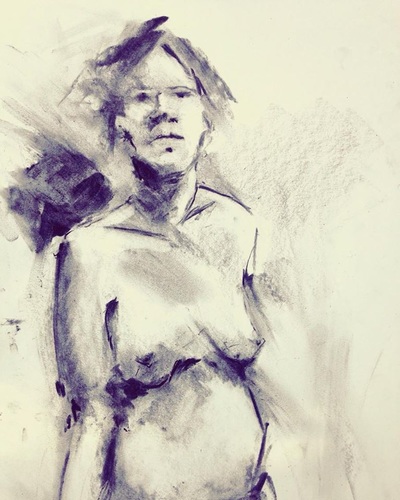
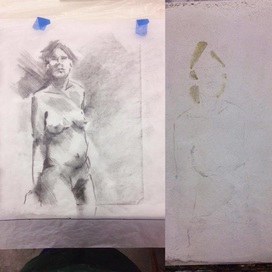
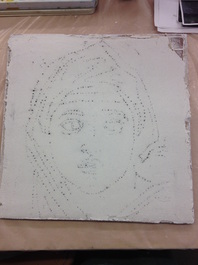
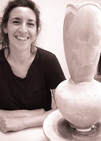
 RSS Feed
RSS Feed